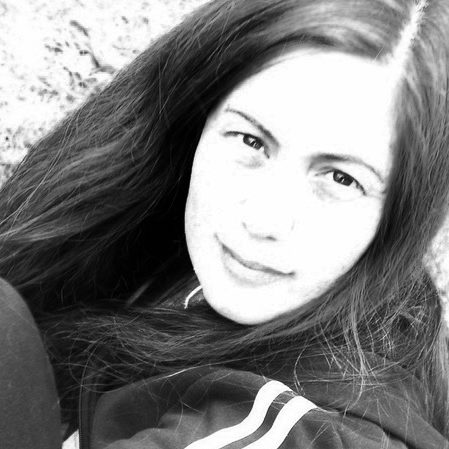 The author (right) with her sister. Photo courtesy of Kelly Hartog.
The author (right) with her sister. Photo courtesy of Kelly Hartog. I love a sunburnt country,
A land of sweeping plains
Of rugged mountain ranges,
Of droughts and flooding rains.
— Dorothea Mackellar (1885-1968)
Every Australian kid was taught “My Country,” this stunning poem about the beauty of the Antipodean landscape. These four lines are the most famous from the much longer poem that effortlessly captures this extraordinary land.
I grew up in this sunburnt country. In Sydney. And today it is burning. As of Jan. 7, 25 people and 500 million animals had been killed. More than 13.5 million acres had been burned and more than 1,400 homes had been destroyed.
What you can’t fathom — not if you haven’t lived in Australia — is the enormity of what has been lost; the sheer depth and breadth of Australia’s unique flora and fauna; of species that are found nowhere else in the world.
Summers were always hot. Endlessly so. Brutal humidity. We’d want to run barefoot in the grass but summer grass always contained bindi-eyes, a uniquely Australian burr, that would mercilessly stab at the tender soles of your feet. But summer also brought out the large, lazy goannas and the blue-tongued and frilled-necked lizards that would bask and broil on smooth river rocks, sunscreen be damned.
As a kid, my family built a house overlooking the beautiful Australian bush. We had a wooden veranda that always left slightly rust-colored marks on our hands. In the summer, my father would place chunks of raw meat on the veranda railing, and we’d watch, delighted, as the kookaburras guffawed and cackled and swooped low to feast in front of us.
The galahs with their deep rosy breasts and rosellas with their high plumage would sit in the trees, turning the brown landscape into a whirl of deep, primary colors. We’d visit wildlife sanctuaries where we could pet koalas, feed kangaroos and pretend to be brave as emus came up, glinted at us with their steely eyes, craned their long necks and peck-peck-pecked seeds out of the little paper bags of food you could purchase for a few cents.
What you can’t fathom — not if you haven’t lived in Australia — is the enormity of what has been lost; the sheer depth and breadth of Australia’s unique flora and fauna.
Australia’s national colors are green and gold. Green for the eucalyptus leaves of the gum trees. Gold for the wattle flowers. It was the wattles’ soft, delicate, bright yellow balls that for me always heralded the onset of summer. Their scent was intoxicating. The way they’d fluff up and disintegrate in your fingers. And then there were the gum trees. If you were patient, you could pluck a gum tree leaf and gently pry apart the stem. You’d be rewarded with a tiny, thin sap of eucalyptus and if you could split it just so, you could put that gum leaf between your lips and turn it into a whistle. Long, hot summer days were just the time to hone those whistling skills.
It was also the time of year to explore the flora; the huge blood-red waratah flower, the crimson bottlebrush, the purple canopies of jacaranda trees. At night, the cicadas would call out endlessly. The fat Christmas beetles would spin around displaying their tinsel-colored wings. And the mosquitoes (mozzies) would dive-bomb you all night.
At the beginning of the school year in January, we’d bake and broil like jacket potatoes in silver skins. We’d physically peel ourselves off our seats, legs red-streaked and slick with sweat underneath our cotton school uniforms.
But every Aussie kid knew that eventually that oppressive heat would break. And when it did, there was nothing more glorious than a summer storm. Huge, pelting drops of rain. Or even hail. The size of golf balls. And we would run outside and shriek and spin and dance. And when the rain subsided, everything smelled fresh and clean and new in a way that only the Australian landscape can.
But now, that land is scorched. So much of that flora and fauna is gone. And all that is left are the memories we carry and the hope that we can repair some of the damage. Please donate to relief efforts if you can.
Kelly Hartog is the Journal’s managing editor.






















 More news and opinions than at a Shabbat dinner, right in your inbox.
More news and opinions than at a Shabbat dinner, right in your inbox.